
Tens of thousands of years ago, our ancestors took to the ocean in search of food. Since that time, we have become increasingly aware of the innate behavior of certain species of fish, and especially their attraction to floating objects. Ancient texts from the Roman Empire explain how bunches of floating reeds tied together could produce large schools of mahimahi within rowing distance of shore. The knowledge of how to fish around specific floating logs has been passed down for many generations in Pacific Island communities, and even the average weekend angler is aware a weed line or floating piece of trash can produce fish. With the knowledge that many offshore species share an affinity for floating objects, it didn't take long for people to start building their own fish aggregating devices, or FADs, in order to produce more productive fishing.
This story is from the {{IssueName}} edition of {{MagazineName}}.
Start your 7-day Magzter GOLD free trial to access thousands of curated premium stories, and 9,000+ magazines and newspapers.
Already a subscriber ? Sign In
This story is from the {{IssueName}} edition of {{MagazineName}}.
Start your 7-day Magzter GOLD free trial to access thousands of curated premium stories, and 9,000+ magazines and newspapers.
Already a subscriber? Sign In
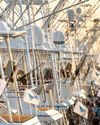
TOURNAMENT SEASON IS HERE
Time to gear up for your favorite events
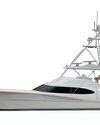
BAYLISS 76
The second project for a current Bayliss owner is in the initial phases of construction at Bayliss Boatworks in Wanchese, North Carolina.

POINTS OF NEGOTIATION IN FOREIGN CONSTRUCTION CONTRACTS
Be sure to understand the details when building a vessel in another country
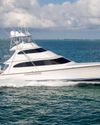
MERRITT 88
A unique skybridge design from a world-famous boatbuilder

BIG BLUES AND BIG MONEY IN BERMUDA TRIPLE CROWN
Who will take home the coveted title of champion team this summer?

INSTRUCTOR SPOTLIGHT: BRAD GOODRICH & CHARLES PERRY
New school meets old school when it comes to proper angling training
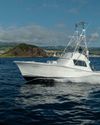
RETURN OF DOUBLE HEADER
The rebirth of a classic sport-fisher amid one of the most prolific destinations for big blue marlin
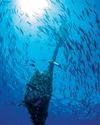
THE SCIENCE OF FADS
An in-depth look at what makes these fish attractors so effective

ARMED AND DANGEROUS
In a day when piracy on the high seas still exists, traveling with firearms on board remains not only a personal choice but a safety issue as well
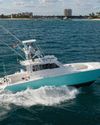
JIMMY'S DREAM
The planning and design of a new Merritt lost shaker of salt included catamaran,